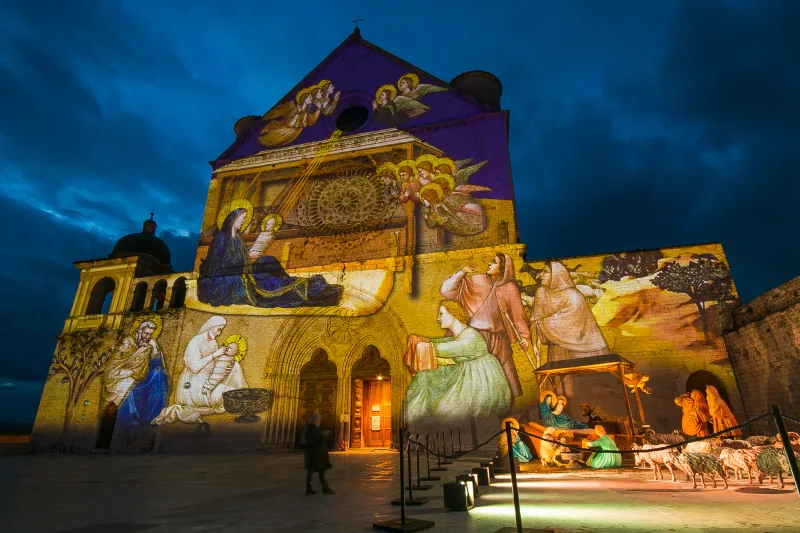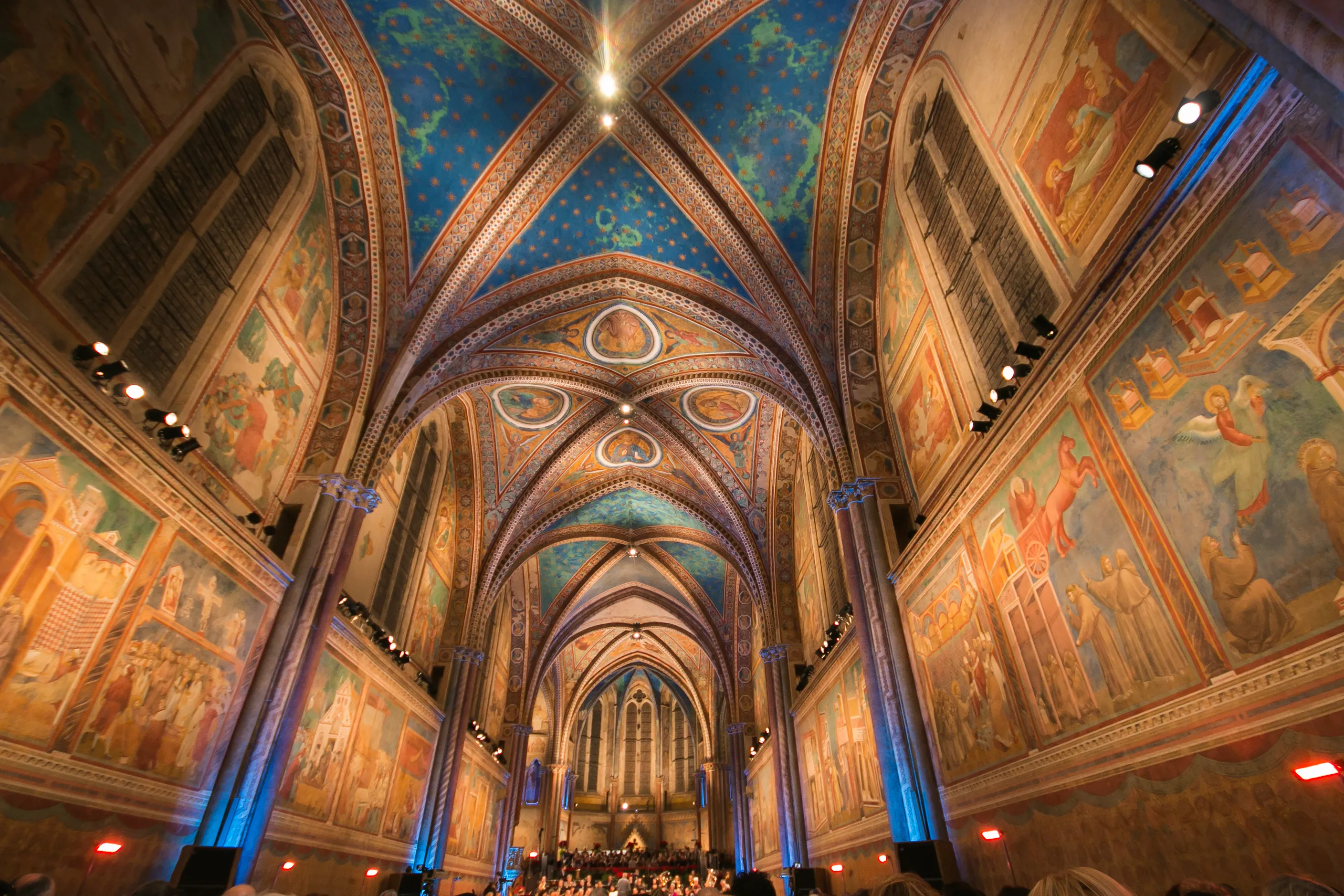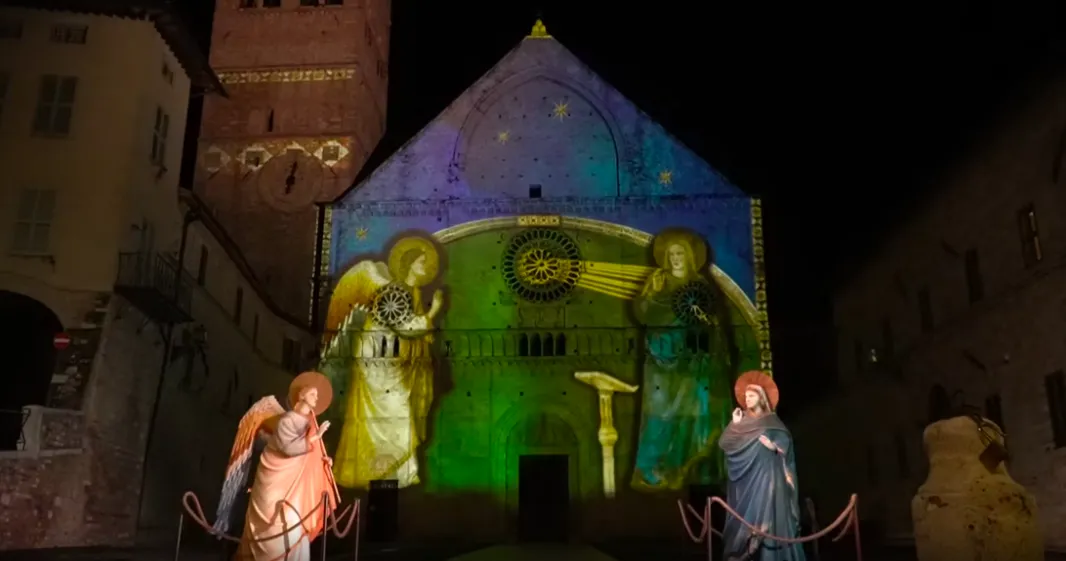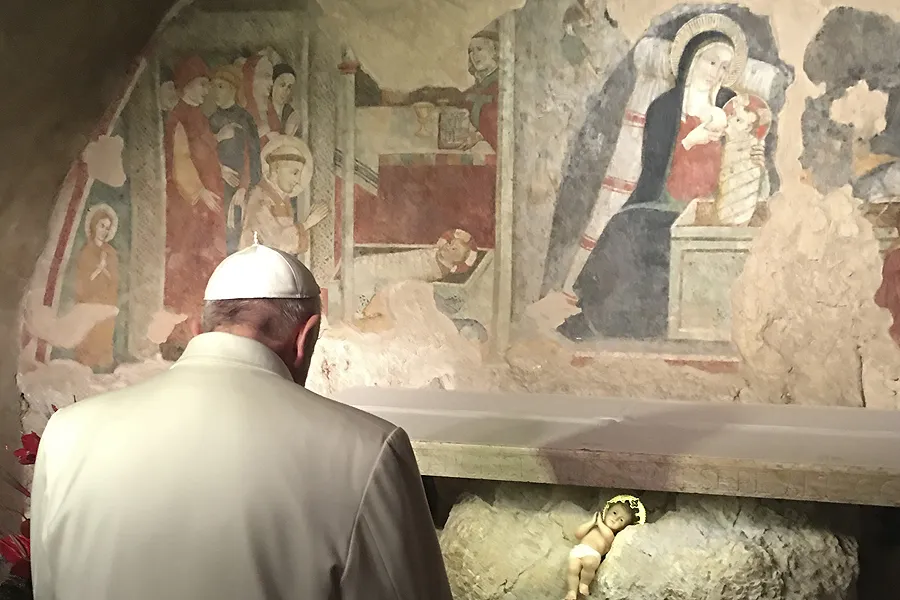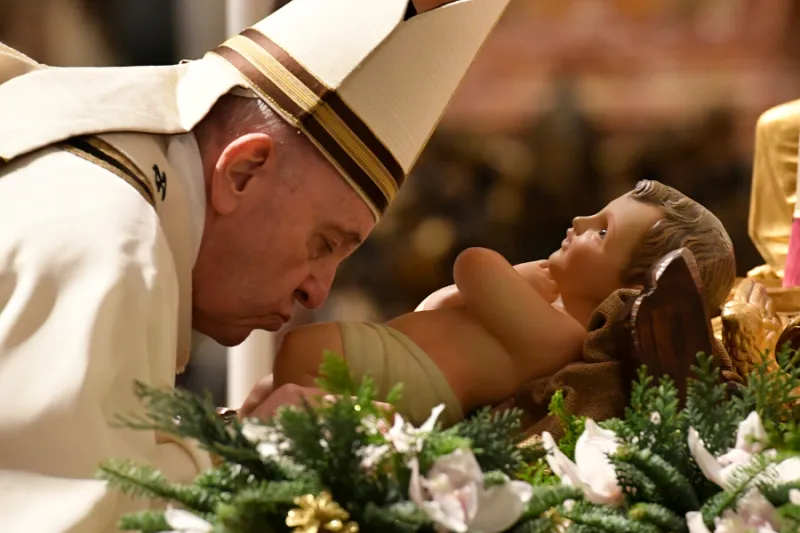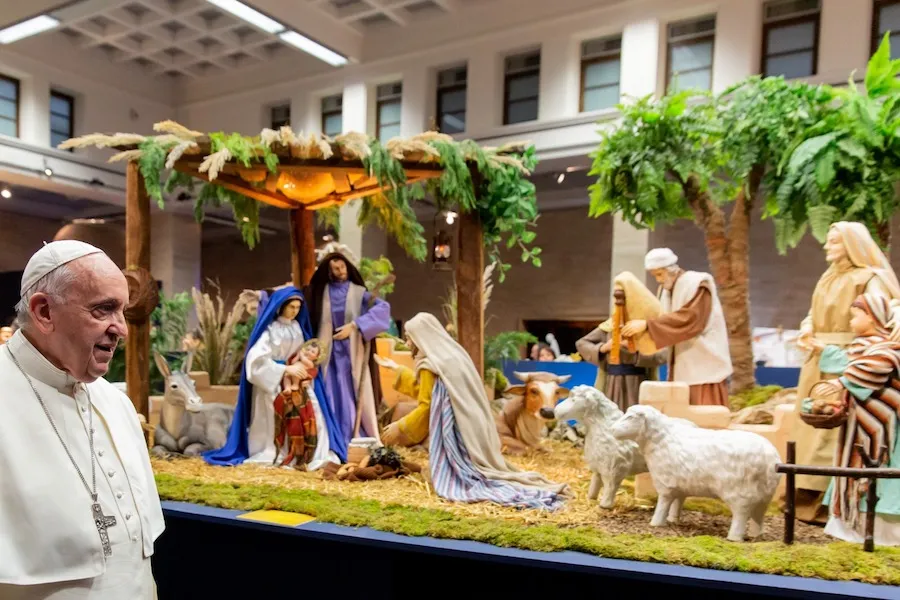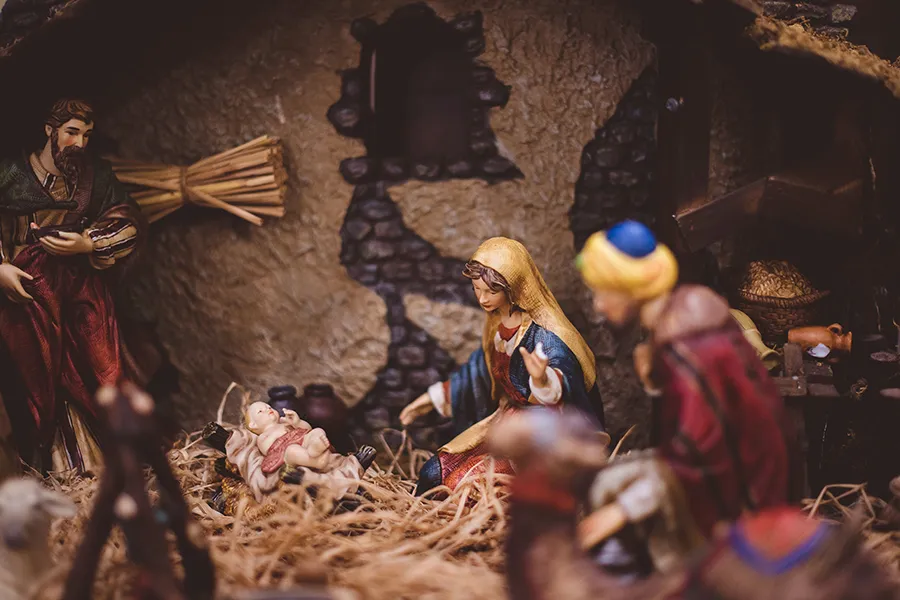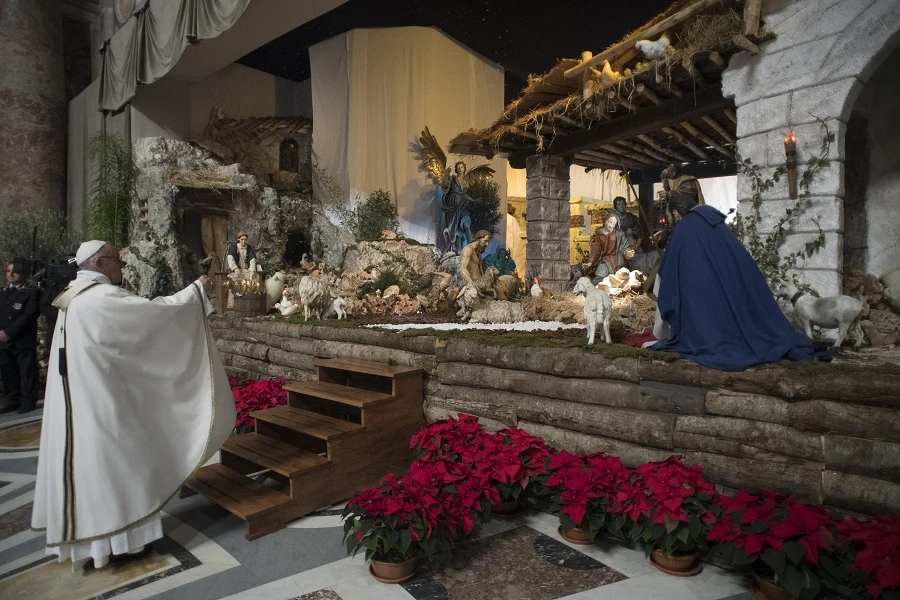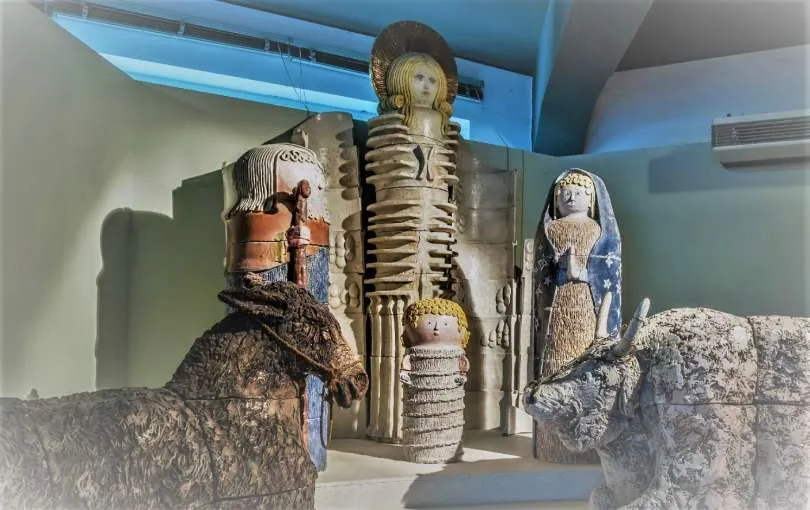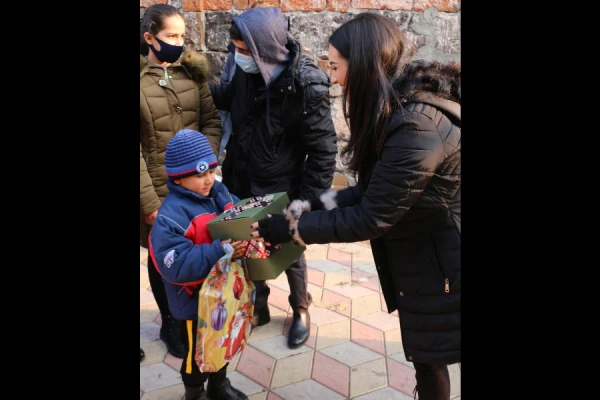
Gyumri, Armenia, Jan 7, 2021 / 05:20 pm (CNA).- A Catholic non-profit has surprised hundreds of suffering Armenian families with Christmas presents following the problems of the coronavirus pandemic and the Nagorno-Karabakh war.
Gia Chacon, president of the organization For the Martyrs, returned Jan. 2 from a trip to Armenia, where the organization was able to deliver presents to over 1,000 children.
“Operation Christmas for Armenia was something that we started here … to bring toys and presents to children who may not otherwise have a Christmas experience,” she told CNA.
“Many [parents] were telling their families that Santa wasn’t going to be coming or they wouldn’t be exchanging Christmas presents this year. So we wanted to [find] a solution. We wanted to bring joy to these children.”
For the project, the organization partnered with Archbishop Raphaël Minassian, Ordinary of the Armenian Ordinariate of Eastern Europe, who is also the president of Caritas Armenia.
With his help, Gia said, the organization handed out presents to an between 1,200 to 1,500 children in three Armenian cities – Goris, Gyumri, and Artashat. She said the children included refugees from Artsakh, orphans, and people with disabilities.
To help purchase presents, the organization received monetary donations from over 500 benefactors. The gifts were then wrapped by Armenian Catholics in California. Each present included the message “Shnorhavor Amanor yev Surb Tznund,” which is Armenian for “Merry Christmas.”
The presents included toys such as dolls, soccer balls, tools, tea sets, and candy. She said the organization tried to present a variety of toys for different age groups, also handing out purses for teenage girls and watches for the older boys.
Gia said several centers they visited had people dress up as Santa Claus, who then helped hand out the gifts. She said many of the children had never seen some of the American toys and it was beautiful to see the children light up when they opened their presents.
“We really wanted to make it personal for the children. We allowed some children to pick their toys,” she said. “That was cute too, seeing them look at the toys and figure out which one they connected with most and to pick it and see that excitement.”
“It was really beautiful to see the children open the presents and be so excited about it, but also see Merry Christmas in Armenian and have that personal touch.”
Gia launched For the Martyrs in December 2019. The organization helps raise persecution awareness, advocates for international religious freedom, and offers resources and humanitarian relief.
As a result of the 2020 Nagorno-Karabakh war, she said, there were about 75,000 Christian Armenians who were displaced. She said 90% of these refugees are reported to be women and children.
She said Caritas Armenia has helped provide these families with food, housing, clothes, and other basic necessities. However, she said the situation is still problematic for many, and added that numerous families who received toys in Artashat did not have electricity to keep themselves warm throughout the winter.
She said Armenia, a largely Christian region, has faced political and religious persecution from neighboring Muslim countries. She also said the country’s economy has also taken a severe hit because of the pandemic.
“We still need the families to be taken care of, we still need to continue to support our brothers and sisters in Armenia that are suffering,” she said.
“What I was hearing from the families as I was speaking to them is that they feel that their brothers and sisters in the West have forgotten about them and that the issue of this work was not taken seriously by the international community.”
Gia said one of the major goals of the organization is to raise awareness about Christian persecution and remind Catholics that they are not divided from the suffering of Catholics in other countries.
“Scripture tells us that when one member of the body of Christ suffers, we all suffer. So we know that even when children are suffering in Armenia, the body of Christ is suffering, and we have an obligation with our platform … to raise awareness about the suffering of [others] but also how we can be a solution to their suffering,” she said.
She said that through her experience with international aid groups, she has witnessed how violence and persecution impacts children most of all. She emphasized the importance of not only providing humanitarian services but an experience of hope for children to reclaim their childhood.
“Children are the most innocent and most vulnerable when it comes to the situation of refugees for persecution. A lot of times we’re bringing food, we’re bringing clothing, we’re bringing humanitarian aid … but we’re often overlooking the hope factor … So really the goal of Operation Christmas is to bring that hope back to Children who have suffered so much.”

[…]



